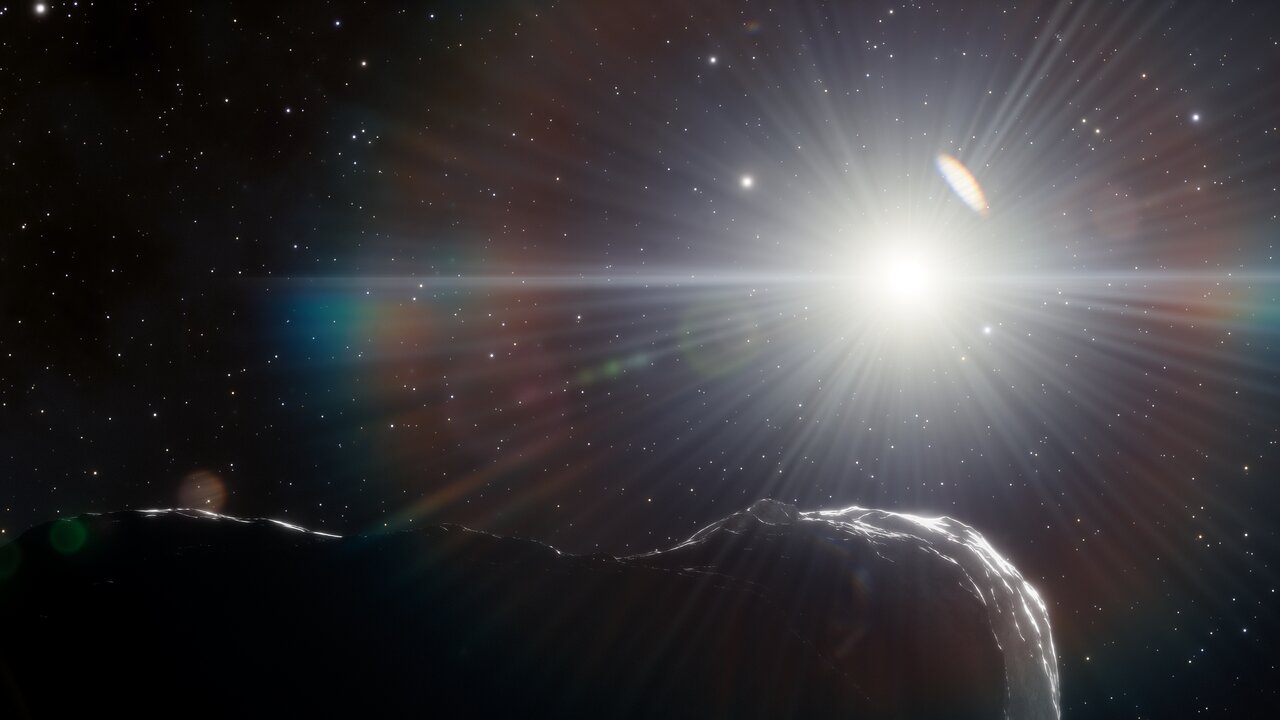If you are going to look for intelligent life beyond Earth, there are few better candidates than the TRAPPIST-1 star system. It isn’t a perfect choice. Red dwarf stars like TRAPPIST-1 are notorious for emitting flares and hard X-rays in their youth, but the system is just 40 light-years away and has seven Earth-sized worlds. Three of them are in the potentially habitable zone of the star. They are clustered closely enough to experience tidal forces and thus be geologically active. If intelligent life arises easily in the cosmos, then there’s a good chance it exists in the TRAPPIST-1 system.
Continue reading “SETI Scientists Scan TRAPPIST-1 for Technosignatures”SETI Scientists Scan TRAPPIST-1 for Technosignatures










